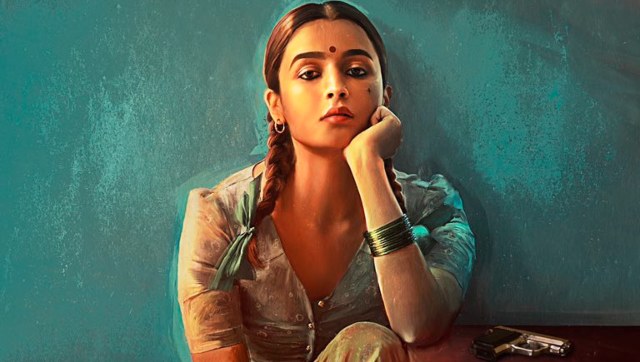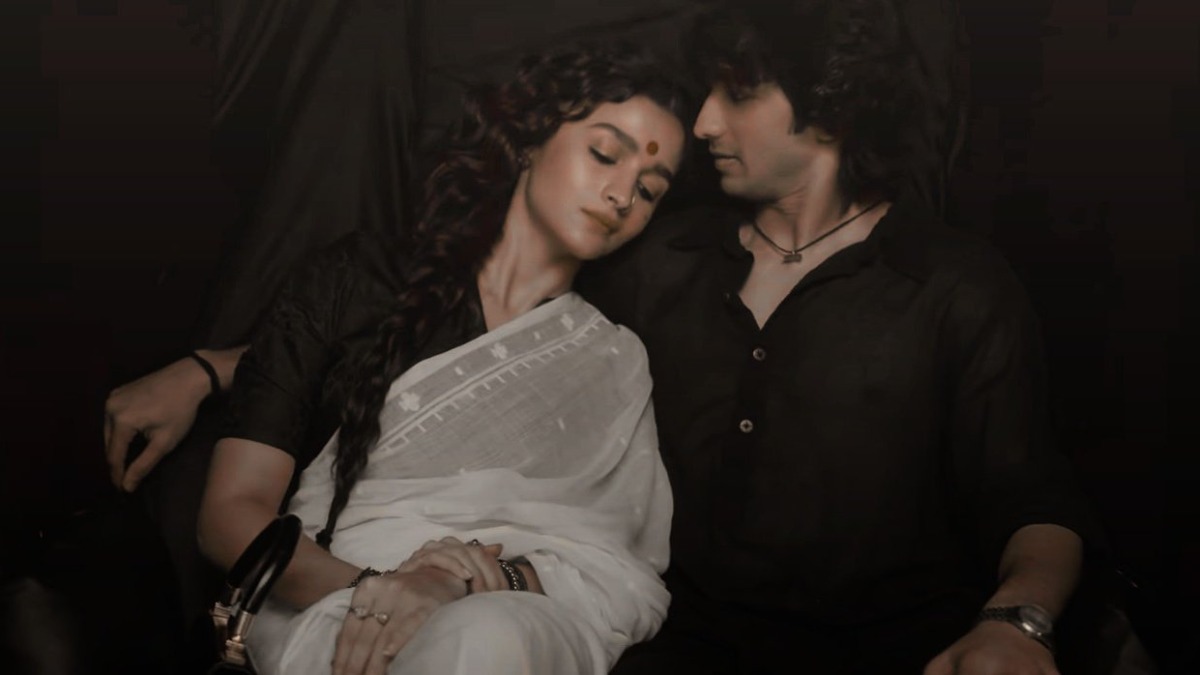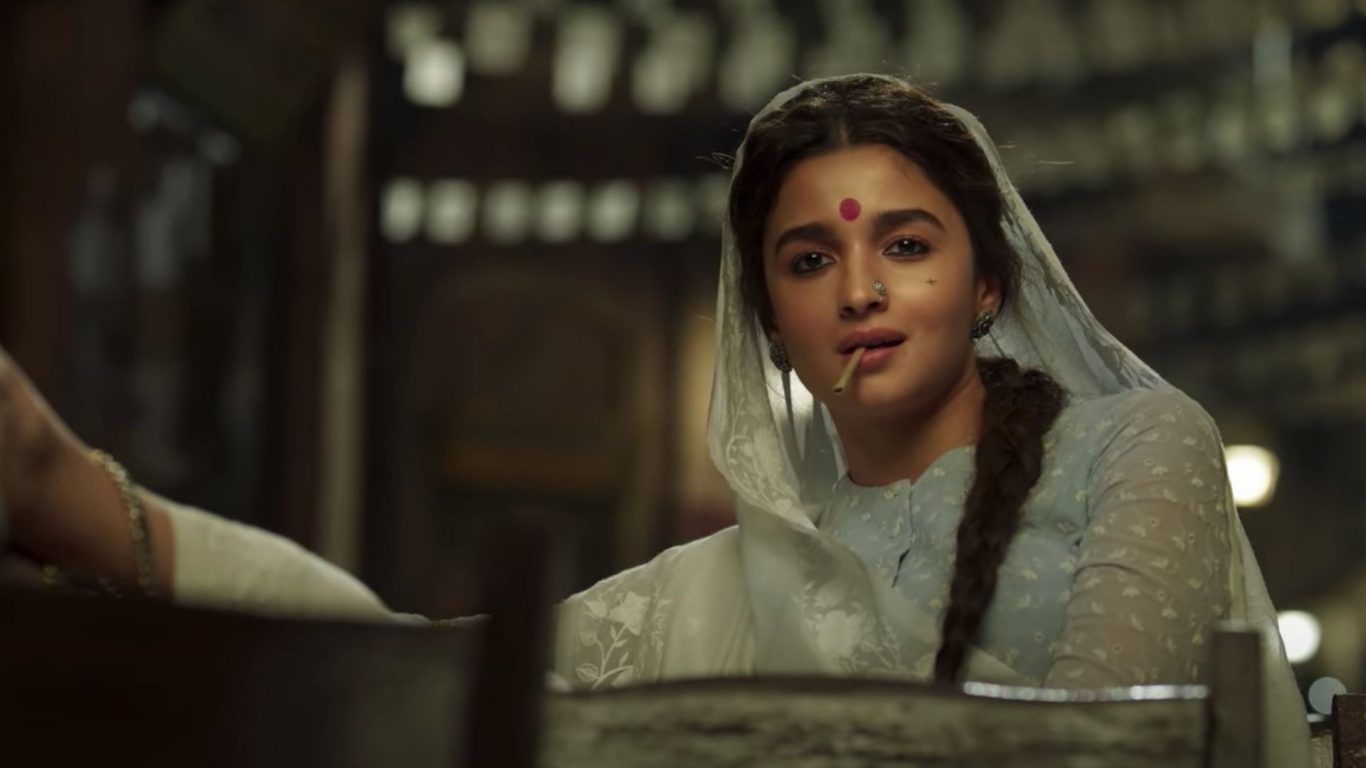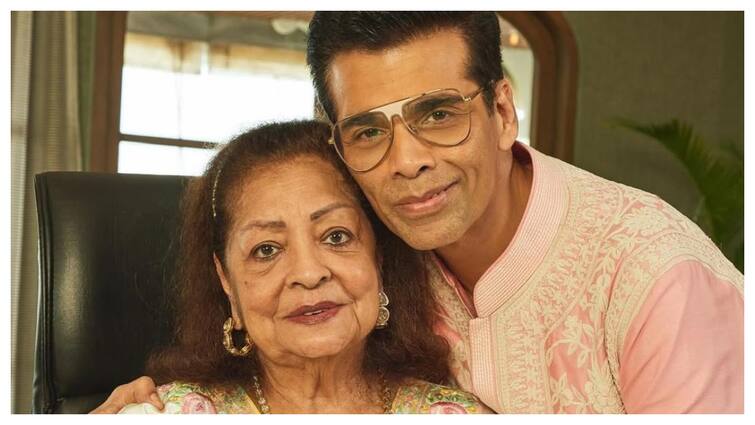)
Reading the courtesan as a queer figure: Suffering at the heart of spectacle in films from Pakeezah to Gangubai Kathiawadi
FirstpostThe fact that Gangubai Kathiawadi begins with Begum Akhtar’s voice crooning ‘Yeh Na Thi Hamari Qismat’ places this film as an offering to the silsila of courtesan culture and its queer association. The poet and founder of Dalit Panthers, Namdeo Dhasal, who lived a lane away from the red-light district of Kamathipura, waxes poetic about the plight of such characters, “This is pain wearing a dancer’s anklets.” But when looked at another way, as Vikram Phukan notes, these films helps paint “the gay man as [an> eternal victim,” constantly throwing one’s lot in the competition of despair. But the fact that Gangubai Kathiawadi begins with Begum Akhtar’s voice crooning ‘Yeh Na Thi Hamari Qismat’ places this film as an offering to the silsila of courtesan culture. Lip-synching these songs places you in that shape-shifting middle-ground, where you want to be the courtesan, and simultaneously want to be with the courtesan’s lover, and these two desires — to be and to be with — inextricably tie self-pitying queerness to the courtesan, who, in a truly Sanjay Leela Bhansali gesture laughs while weeping.
History of this topic

Kareena Kapoor turns into Gangubai Kathiawadi with AI help. Fans think she fits role better than Alia Bhatt
Hindustan Times
Shantanu Maheshwari: I Have Explored All The Mediums, Films Are A Bit Hard To Crack
ABP News)
Gangubai Kathiawadi keeps Netflix afloat in India, all eyes on Sanjay Leela Bhansali’s Heeramandi
Firstpost
Gangubai 'Cathiawadi': Cat dresses up as Alia Bhatt from Bhansali's film and fans can't have enough of it
India TV News
Pak actor books entire theatre to watch Gangubai Kathiawadi with wife
Hindustan Times)
Monochrome Man: Aesthetics over authenticity, and other emotional choices in Sanjay Leela Bhansali’s Gangubai Kathiawadi
Firstpost
Pooja says theatre audiences whistled, screamed during Alia's Gangubai
Hindustan Times)
'After a long time, the theatres are going houseful': Alia Bhatt on Gangubai Kathiawadi – Firstpost
Firstpost
Shantanu Maheshwari interview: On Gangubai, meeting Alia on Jhalak and more
Hindustan Times)
First Take | After Gangubai Kathiawadi, tracing the other Fallen Woman in Mandi, Lakshmi, Begum Jaan
Firstpost
Alia Bhatt's 'Gangubai Kathiawadi' vs 'Mafia Queens of Mumbai'
The Quint
Gangubai Kathiawadi: This Is What Neetu Kapoor Has to Say About Alia Bhatt's Performance
News 18
Gangubai Kathiawadi review: A girlboss in Kamathipura
Live Mint
‘Gangubai Kathiawadi’ movie review: Alia Bhatt shines in Sanjay Leela Bhansali’s eloquent take on sex workers
The Hindu)
Gangubai Kathiawadi movie review: Alia Bhatt is luminous as Bhansali’s narrative rises, shines, dips, sinks and rises again
Firstpost
Gangubai Kathiawadi review: Alia impresses in a tale of pain turned to victory
Hindustan Times
Gangubai Kathiawadi: 6 reasons to watch Alia Bhatt-Sanjay Leela Bhansali's film on February 25
India TV News
Who is Shantanu Maheshwari; romancing Alia Bhatt in 'Gangubai Kathiawadi'
India TV News
Fans spot ‘spoiler’ about Alia Bhatt’s arc in Gangubai Kathiawadi trailer. Watch
Hindustan Times)
Explained: Who was Gangubai Kathiawadi, and why the release of Sanjay Leela Bhansali's film on her is being opposed
Firstpost)
Watch: Ajay Devgn grabs eyeballs as Rahim Lala in new promo of Alia Bhatt-starrer Gangubai Kathiawadi
Firstpost)
Gangubai Kathiawadi's family seeks stay on release of Sanjay Leela Bhansali, Alia Bhatt's movie
Firstpost
Gangubai Kathiawadi faces legal trouble, family seeks stay on film's release: 'She was not a prostitute'
Hindustan Times
Alia reacts to viewers finding ‘reflection of’ Kangana in her performance
Hindustan Times
Gangubai Kathiawadi song Jab Saiyaan OUT: Alia Bhatt romances Shantanu Maheshwari in the romantic track
India TV News)
Watch: In Gangubai Kathiawadi trailer, Sanjay Leela Bhansali, Alia Bhatt make dark look desirable
Firstpost
Gangubai Kathiawadi trailer: Alia shines as feisty queen of Kamathipura. Watch
Hindustan Times)
As Gangubai Kathiawadi nears release, here are some unknown facts from Sanjay Leela Bhansali’s film
Firstpost
Gangubai Kathiawadi Trailer Out: Alia Bhatt is stunner as the fierce Kothewali madam of Kamathipura
India TV News
Taapsee's Rashmi Rocket to Alia's Gangubai Kathiawadi, 2021-2022 films led by women
India Today
Gangubai Kathiawadi: Mumbai Court Issues Summons To Authors Of Mafia Queens Of Mumbai, Bhansali Productions, Alia Bhatt On Defamation Complaint
Live Law
Who was Gangubai Kathiawadi?
India Today)
Alia Bhatt Starrer Gangubai Kathiawadi Teaser is Out, Sardool Sikander Passes Away
News 18)
Gangubai Kathiawadi Teaser: Alia Bhatt Enters Bhansali Universe and We Can't be More Excited
News 18
Gangubai Kathiawadi teaser: Meet Alia Bhatt as the queen of Kamathipura
Hindustan Times
Gangubai Kathiawadi: Who was the woman Alia Bhatt will play in Sanjay Leela Bhansali's film?
Hindustan Times
Mumbai Court Rejects Suit By Babuji Shah Seeking Injunction Against Bhansali & Alia Bhatt's Gangubai Kathiawadi
Live Law
Alia Bhatt's Gangubai Kathiawadi to release in 2021
India TV News)
Ishaan Khatter says the romance between him and Tabu in A Suitable Boy is 'very deep and layered'
FirstpostDiscover Related

























)

)




















